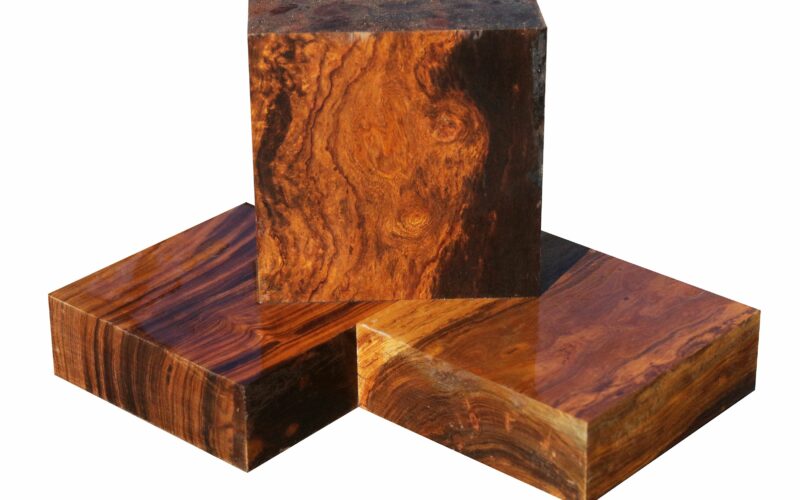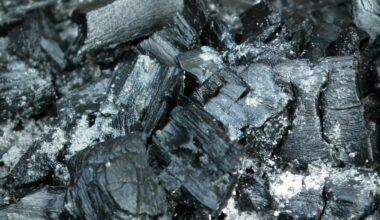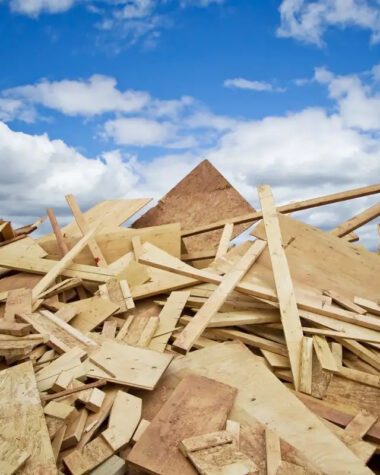One of the major deciding aspects upon the type of wood to use can occasionally rely on its weight. Because wood has a molecular structure like a sponge, its weight can vary depending on whether it is green, which means it is still holding a lot of water. According to their average pounds per cubic foot, the following list identifies the top 10 heaviest woods in the world.
Related Post: Top 10 Hardest Woods Worldwide
A Glimpse of the list
As Black Ironwood seizes the top list, it is also important to shed light on the succeeding heaviest woods. What is the second, the third, and so on? So, here are the top ten heaviest kinds of wood in the world.
| Heaviest Wood | Wood Name | Weight per cubic foot (lbs/ft3) |
|---|---|---|
| #1 | Black Ironwood | 84.5 |
| #2 | Itin | 79.6 |
| #3 | African Blackwood | 79.3 |
| #4 | Lignum vitae | 78.5 |
| #5 | Quebracho | 77.1 |
| #6 | Leadwood | 75.8 |
| #7 | Snakewood | 75.7 |
| #8 | Desert Ironwood | 75.4 |
| #9 | Kingwood | 74.9 |
| #10 | Verawood | 74.4 |
Looking closer: More about the heaviest woods
In the list below, some of the heaviest woods in the world are further described. They are listed in decreasing order from heaviest to lightest.
Black Ironwood– 84.5 lbs/ft3
No wonder black ironwood tops the list because most wood species that go by the term “ironwood” tend to be so dense. As a result, dealing with them is comparable to working with metal, and they frequently sink in water rather than float like most wood.
Furthermore, black ironwood also originates from a tree that is considered small. Thus, the wood materials that may be used are typically much smaller and are only useful for minor projects. Due to its size and suitability for large-scale projects, this wood is one of the few on this list that is rarely commercially sold.
Itin (Caranda)– 79.6 lbs/ft3
One of the hardwoods at the top of the list of heaviest woods is Itin also referred to as caranda. It weighs 79.6 lbs/ft3. The tree species belongs to mesquite, and when working with this wood, it gives out a pleasant smell. Due to its deep dark color and texture, this wood has frequently been suggested as a replacement for traditional ebony.
Itin mostly grows in South America, and it is more commonly available than some of the other species on this list and is not listed. It is frequently used in flooring, cabinetry, and furniture projects.
African Blackwood– 79.3 lbs/ft3
The third on the list has 79.3 lbs/ft3 weight. As African Blackwood mostly dwells in Savannah, it gives woodworkers great workability. The reason is that, in terms of dealing with it, it is more similar to metal than other types of wood. It is frequently used to create musical instruments, and when turned rather than cut, it performs significantly better.
Lignum Vitae– 78.5 lbs/ft3
Lignum vitae rests on the fourth spot and is among the heaviest wood, weighing 78.5 lbs/ft3. This wood has a high natural oil content, which makes it naturally polishable to a high gloss and excellent for outdoor applications due to its high rot resistance.
Quebracho– 77.1 lbs/ft3
Like the hardwoods mentioned above, Quebracho is very hard to work with. It places fifth on the list with 77.1 lbs/ft3 recorded weight. Also, Due to its exceptional durability and resistance to insect infestations, it is frequently utilized in railroad crossties and fence posts. When imported, Quebracho can cost significantly more than other species and is not readily available in the United States.
Leadwood– 75.8 lbs/ft3
This South African wood is popular because of its considerable weight (75.8 lbs/ft3) and density. Its sapwood is light yellow, and its heartwood is a solid medium to dark brown (occasionally with a reddish tint) known to darken with age. Knots are frequent in grains, which can be straight or wavy. After fine sanding, it exhibits a pleasing natural sheen and has a fine, uniform texture.
Snakewood– 75.7 lbs/ft3
One of the world’s most aesthetically distinctive exotic woods is Snakewood, which sticks out. Its regular patterns of deeper brown or black patches, which resemble snakeskin, cover its underside’s subdued light brown color with yellow, orange, or red undertones.
The wood has a delicate texture and is straight-grained. Because of the wood’s great density, resawing it can make it brittle, fracture, or even shatter. Whenever working with Snakewood, cutting blades should be at their sharpest. Despite having challenging working characteristics, it turns and finishes fairly well; it accepts a high polish and exhibits excellent natural brilliance.
Desert Ironwood– 75.4 lbs/ft3
This woody legume is one of numerous that can be found in the Sonoran Desert’s washes and hillside drainages. It is one of the region’s most ecologically and economically significant plant species.
For many other species of flora and wildlife, Ironwood serves as a “nurse plant” and a “habitat-modifying keystone species.” Thousands of square kilometers of Ironwood’s population are lost each year, even though it is not endangered nor in danger.
Kingwood– 74.9 lbs/ft3
Kingwood is found in Brazil and is regarded as a true rosewood. The heartwood of this wood type is a blend of purple and rose with white sapwood. Since wide or lengthy material is typically unavailable, it is best used for musical instrument components, knife handles, cue sticks, and inlays.
Verawood– 74.4 lbs/ft3
Verawood is a huge, tropical, evergreen tree spreading to a rounded shape. Its leaves have many tiny, alternating, feather-like leaflets and are pinnate. With branches that reach great heights, the trunk develops quite straight.
The lovely, vivid flowers are produced in pairs or individually from late spring or summer through fall. Each flower has five firmly spatula-shaped, spherical petals that range in color from yellow to golden-orange. Meanwhile, it has a capsule-like fruit that develops after it blooms.
Final Thoughts
There are more inputs to unravel because wood is so useful in many ways. It is highly important because it provides materials for any construction project and imparts learning and knowledge to build one’s mind. There are many facts that you can read on our website. You are free to visit them all and be amazed at how wood becomes powerful. Visit our about section to know more about what we can do for you.








